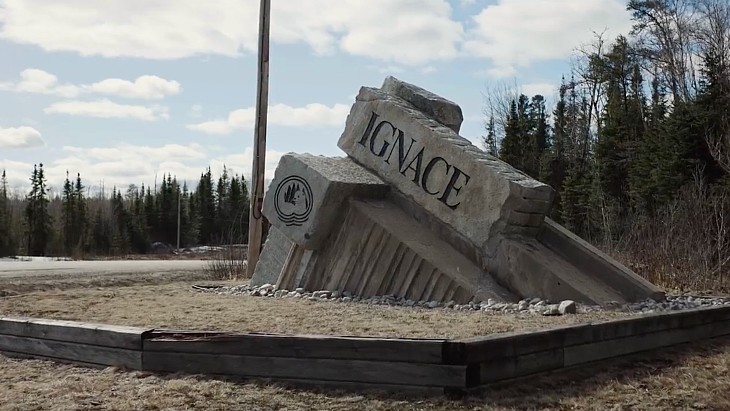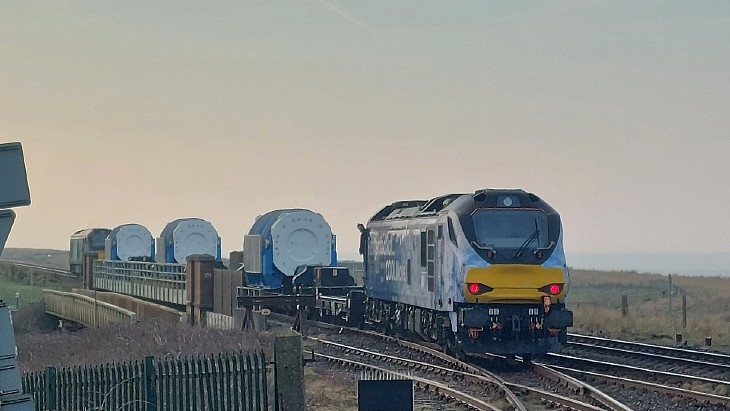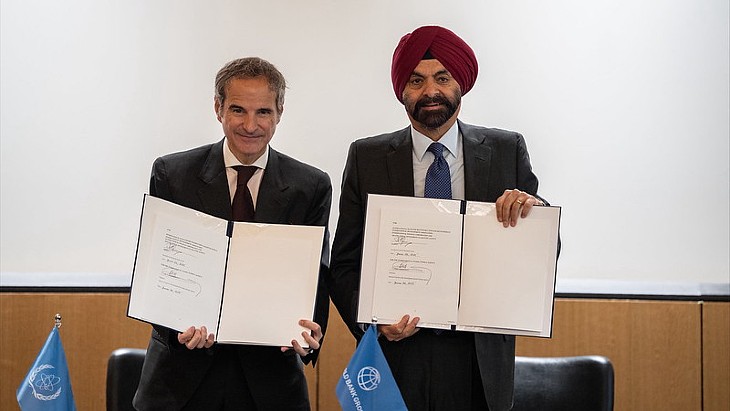Control room launched at Hanford waste treatment plant
.jpg)
Hanford was the site of US military plutonium production activities from 1943 until 1987, with nine nuclear reactors and associated processing facilities. The DOE's Richland Operations Office now manages the site and is responsible for the clean-up of all its remaining waste streams. Some 56 million gallons of chemical and radioactive waste is currently stored in 177 underground tanks on the site, more than one-third of which have leaked into the ground. Engineering firm Bechtel has partnered with the DOE to support its mission to clean up legacy waste at Hanford.
"The control room is the operations centre of the facility," said Bechtel Project Director Valerie McCain. "By moving into the control room, we have the capability to monitor and control completed systems inside the 14 support buildings. We are also using the control room to conduct start-up and testing activities for the plant and our Analytical Laboratory."
Bechtel said the first phase of the Waste Treatment and Immobilisation Plant (WTP) is "now well into its start-up and commissioning", which will see its 86 individual systems brought online. The Waste Treatment and Immobilisation Plant - which comprises the Pretreatment facility, Low-Activity Waste Vitrification facility, High-Level Waste Vitrification facility and the Analytical Laboratory - is scheduled to begin treating waste by 2023.
In WTP's first phase, the liquid waste will be piped to the Low-Activity Waste Facility, mixed with silica and other materials, melted, and poured into stainless steel containers where it will solidify. The process is known as vitrification. The containers will then be disposed at Hanford's existing low-level waste disposal site.
_17992.jpg)
_75800.jpg)







..._58412.jpg)

